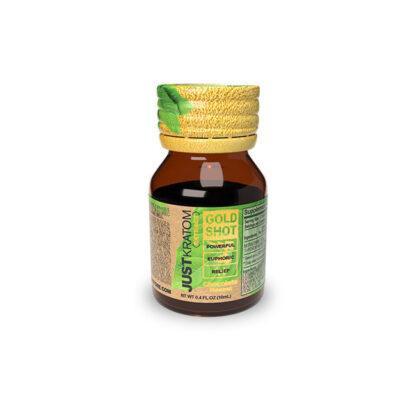Kratom, a tree native to Southeast Asia, has gained popularity as a natural remedy for pain, anxiety, and depression. Its leaves contain several active compounds, including mitragynine and 7-hydroxymitragynine, which interact with the body's opioid receptors and produce analgesic and mood-enhancing effects. However, with regular use, some individuals may develop a tolerance to kratom, which can reduce its effectiveness and increase the risk of adverse effects. In this article, we will explore the causes, effects, and management strategies for kratom tolerance.
Causes of Kratom Tolerance:
Kratom tolerance occurs when the body becomes less responsive to the effects of kratom due to repeated use. This can happen for several reasons, including:
- Neuroadaptation: With regular use, the brain adapts to the presence of kratom and adjusts the number and sensitivity of its opioid receptors. This can lead to a decrease in the perceived effects of kratom.
- Increased Tolerance: Tolerance can increase with higher doses of kratom. When the body is exposed to higher doses, it may require larger doses of kratom to achieve the same effects.
- Frequency of Use: Frequent use of kratom can also lead to tolerance. Using kratom daily or multiple times per day can desensitize the body to its effects, leading to a reduced response.
Effects of Kratom Tolerance:
The effects of kratom tolerance can vary from person to person. Some individuals may notice a reduced response to their usual dose of kratom, while others may need to increase their dose to achieve the desired effects. Other effects of kratom tolerance may include:
- Diminished Effects: Kratom tolerance can reduce the effectiveness of kratom, making it less useful for managing pain, anxiety, or depression.
- Withdrawal Symptoms: Abruptly stopping kratom use after developing a tolerance can lead to withdrawal symptoms, including headaches, nausea, insomnia, and anxiety.
- Increased Risk of Adverse Effects: When individuals increase their dose of kratom to overcome tolerance, they may be at a higher risk of experiencing adverse effects such as nausea, dizziness, or constipation.
Management Strategies for Kratom Tolerance:
- Reduce Dose: If an individual is experiencing a diminished response to kratom, they may want to consider reducing their dose. This can help to reset the body's tolerance and improve the effectiveness of kratom.
- Rotate Strains: Another strategy for managing kratom tolerance is to rotate strains. This involves switching between different strains of kratom, which can help to prevent the body from becoming accustomed to a particular strain.
- Take Breaks: Taking a break from kratom can also help to reduce tolerance. Individuals may want to take a few days off from using kratom or reduce their frequency of use to reset their tolerance.
- Use Potentiators: Some natural supplements, such as turmeric or grapefruit juice, may help to potentiate the effects of kratom. This can help individuals to achieve the desired effects at a lower dose.
Conclusion
Kratom tolerance is a common concern for individuals who use kratom regularly. While tolerance can reduce the effectiveness of kratom and increase the risk of adverse effects, there are several strategies that can be used to manage and even reverse tolerance. By reducing their dose, rotating strains, taking breaks, and using potentiators, individuals can continue to benefit from the analgesic and mood-enhancing effects of kratom.
For More Info:





Comments